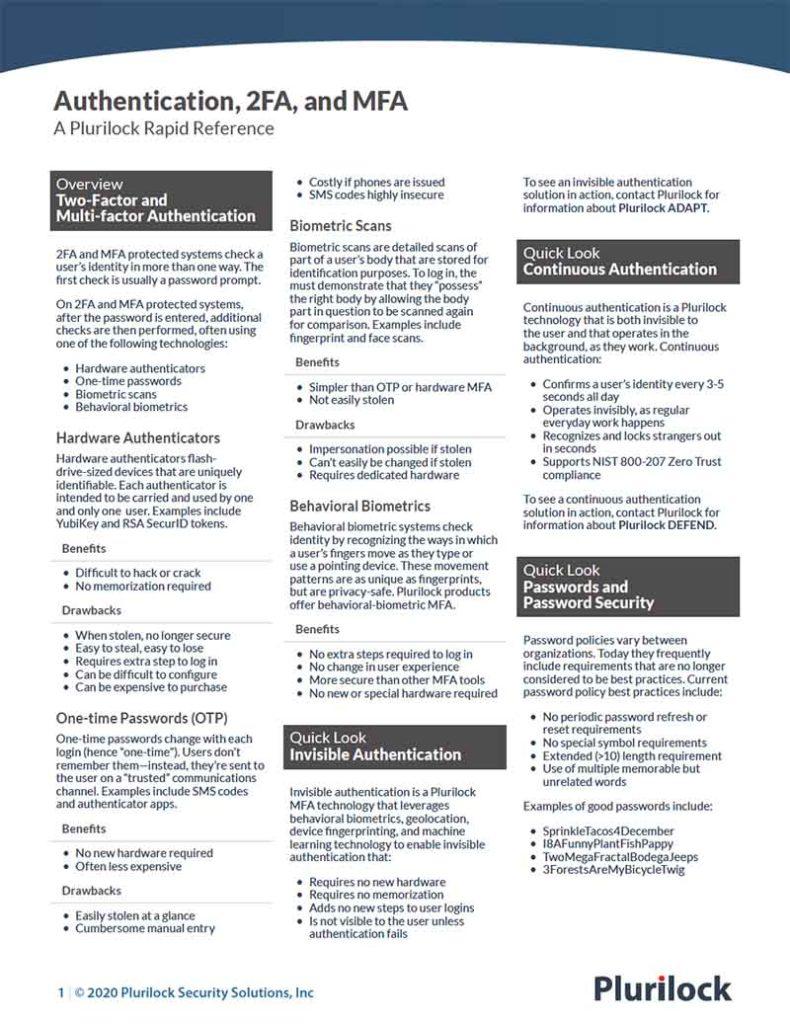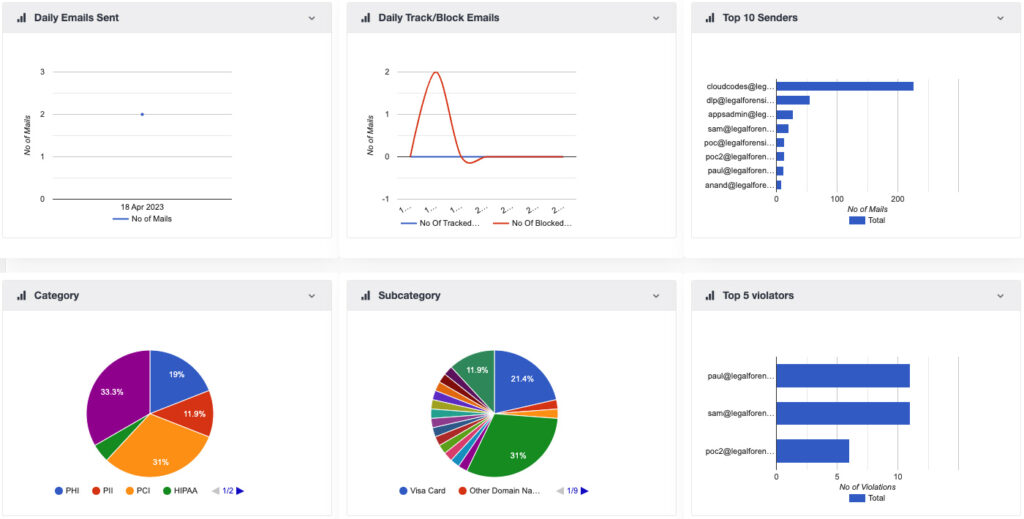Cybersecurity Reference > Glossary
Malware
Malware refers to a diverse array of programs and software that share the characteristic of being harmful to legitimate systems and users.
Common types of malware include trojan horse programs (which seize control of the system for an attacker), ransomware (which prevents further use of a system until ransom is paid), botnet agents (which turn a system into a botnet zombie for further attacks), adware and cryptoware (which use a system's computing resources without permission to generate funds for a third party), and various kinds of snooping and sniffing programs (which secretly steal records of things typed and done on a system), among others.
Malware is often difficult for end-users to detect or to remove, despite the proliferation of various kinds of security software designed to stop the spread of malware.
Malware comes to "infect" a system when malicious code is surreptitiously executed on it, often as the result of phishing, running infected applications downloaded from the Internet or app stores, or visiting malicious websites using a web browser, since web browsers are in part virtual machines able to execute code that affects the systems on which they're run.

2FA/MFA Rapid Reference
Authentication at a glance
Download the 2FA/MFA Rapid Reference now:
- 2FA and MFA basics and common solutions
- The benefits and drawbacks of each
- Glossary of authentication terms
2FA/MFA Rapid Reference
- 2FA and MFA basics and common solutions
- The benefits and drawbacks of each
- Glossary of authentication terms















